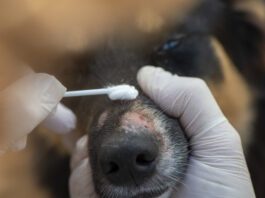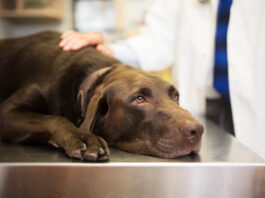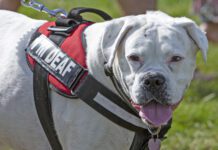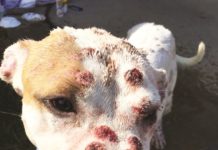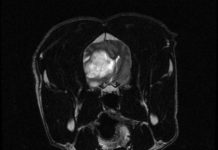Can Dogs Get Sunburn?
Dogs can get sunburn despite their fur. This is not only uncomfortable for the dog, but can increase their risk of skin cancer the same as it does in humans. Plan to provide sun protection for your pooch during outdoor activities.
Do They Make Hearing Aids for Dogs?
Hearing aids for dogs are very expensive. custom fit, and require frequent visits to check both fit and settings. Dog vibration collars provide a more affordable and effective way for owners to communicate with their dogs.
Why Is My Dog’s Nose Wet?
A wet nose strengthens your dog’s sense of smell, which is one of his most amazing senses. In a few instances, however, a wet nose can indicate something is amiss.
Can I Give My Dog COVID?
Research on canine-to-human and canine-to-canine transmission of COVID strains is inconclusive and data is frequently conflicting. Dog and other pet owners should be cautious and look for signs of COVID infection in their pets, and limit contact if they themselves test positive.
Histiocytomas in dogs
Histiocytomas are skin tumors that are raised and hairless and may be flesh-colored, pink, or red. They often look like a small button on the skin.
These benign tumors that are most commonly found in dogs less than 6 years old.
Signs of Pancreatitis in Dogs
Any time you see “-itis” at the tail end of a word, it means inflammation of whatever it comes after. Dermatitis is inflammation of the skin. Enteritis is inflammation of the intestines. Hepatitis is inflammation of the liver. Pancreatitis is inflammation of the pancreas.
Coccidioidomycosis: A Southwestern Hazard
If you live in or travel to the Southwest, particularly Texas, California, or Arizona, it is important that you know about a fungal infection...
What is Myasthenia Gravis in Dogs?
Myasthenia gravis in dogs is a relatively rare neuromuscular disease in which there is a breakdown in the transmission of signals between nerves and...
Addison’s Disease in Dogs
Addison’s disease in dogs occurs when the adrenal glands or brain axis are not functioning properly. It can be divided into two categories: primary and secondary.
Dog Drooling: The Juicy Truth About Why Dogs Slobber
It is not abnormal for your dog to drool sometimes. Pavlov showed in his famous bell experiments that anticipating a meal can make a dog salivate. Fear can also cause dogs to drool, as you will see in a storm-phobic dog. Drooling is a form of heat control for dogs called evaporative cooling. So, the answer is yes! Drooling can be normal and in response to the dog's emotions or environment.
Dog Seizures: Causes and Treatments
There are few things as frightening as watching your dog have a seizure. Yet dog seizure disorders are surprisingly common. A seizure is defined as uncontrolled electrical activity in the brain. Seizures can run the gamut from very minor, focal seizures (a twitching of the face or a leg) to major convulsions in which a dog loses consciousness, may vocalize loudly, has uncontrolled muscle movements, and loses bowel and/or bladder control.
Panosteitis: Canine Growing Pains
Symptoms of panosteitis can look like other conditions, so a thorough evaluation is needed. Other diseases that can mimic panosteitis include tick-borne illnesses (Lyme disease, Rocky Mountain spotted fever), polyarthropathy (inflamed joints), sprains, and fractures.



